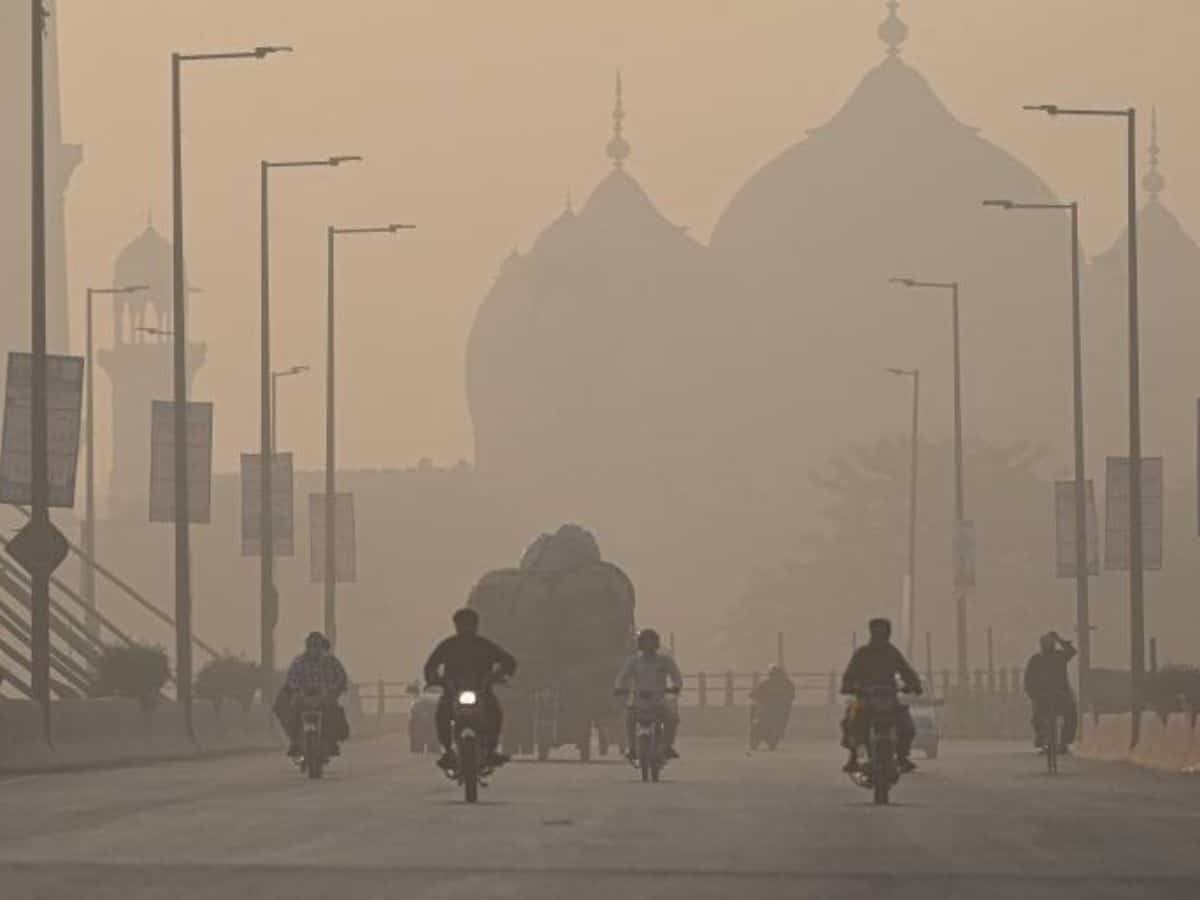
Lahore, one of the world’s most polluted cities, received its first artificial rain on Saturday, December 16, following an experiment conducted by Pakistan’s Punjab government with the help of the UAE to combat smog.
Addressing a press conference here, Punjab Caretaker Chief Minister Mohsin Naqvi said that the experiment was conducted in 10 areas of Lahore and was successful.
“Around 10 percent of areas in Lahore received rainfall today due to cloud seeding experiments,” he said, adding that at least 48 flares were deployed for cloud seeding.
“Light showers were witnessed in the 10 areas within a 15-kilometer radius. The results of the experiment are being further gauged,” he said.
“Not a single penny was spent for the artificial rain. To combat smog, the government is ready to take any measure,” the chief minister said. He also thanked the UAE government’s help in initiating the artificial rain, also known as cloud seeding, to wash away pollutants in the air in the provincial capital.
Last month, local media reported that the Punjab province is planning to carry out an artificial rain experiment with China’s help in Lahore, a project estimated to cost Rs 350 million in the cash-strapped country.
Artificial rain is a weather modification technique that aims to stimulate precipitation. This is done by introducing different substances into clouds that further promote the formation of raindrops.
Lahore was among the worst polluted cities in the world for the last month or so, with unhealthy air quality. The second-largest city in Pakistan continues to suffer from a smog crisis that has affected the health and livelihood of millions of people.
The smog crisis in Lahore and Punjab provinces is not a new phenomenon. It occurs every year in October, November, and December, when the weather conditions trap the pollutants in the lower atmosphere.
According to a global environmental think tank, IQAir, Pakistan is the third-most polluted country in the world, and Lahore is the most polluted city.
